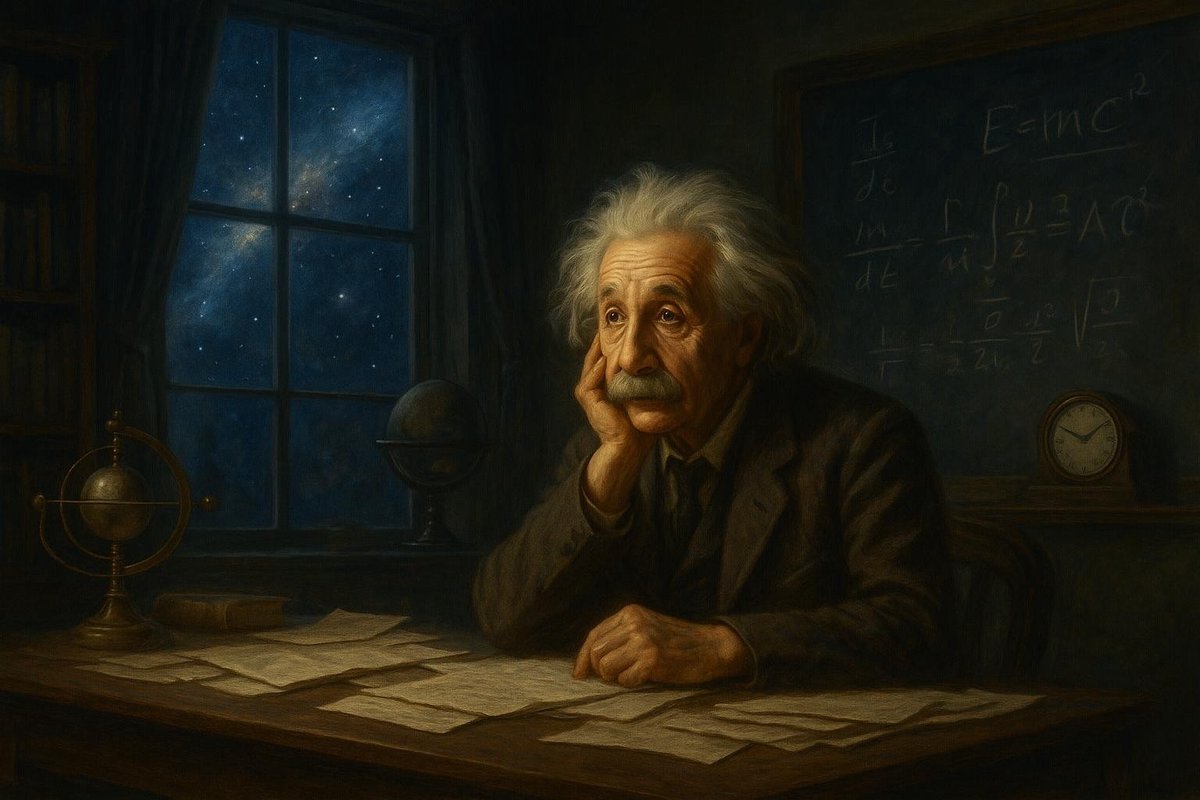
In 1905, a young patent clerk named Albert Einstein published a series of papers that would forever alter our understanding of the cosmos. His ideas about time and space were revolutionary, challenging the very fabric of reality as we knew it. But what do these theories mean for humanity, and how do they change our perception of truth and existence?
The Origin: A World Before Einstein
Before Einstein’s theories shattered conventional wisdom, the universe was seen through the lens of Newtonian physics. Time was an absolute constant, unchanging and universal. Space was a vast, unalterable stage upon which the events of the universe unfolded.
- Time and space were considered distinct entities.
- Newtonian physics ruled scientific thought since the 17th century.
- The ether was believed to be the medium through which light traveled.
However, this framework had its limitations. It could not account for certain phenomena observed in the universe, such as the constant speed of light. Enter Einstein, whose groundbreaking thought experiments in 1905 and later in 1915 with General Relativity redefined these concepts and led to the mesmerizing idea of space-time. Interestingly, his theories proposed that time could stretch and bend, just like space, under the influence of gravity.
Key Figures: Einstein and His Revolutionary Contemporaries
Albert Einstein wasn’t alone on his intellectual journey. He stood on the shoulders of giants and revolutionaries of his time, engaging with a community of thinkers who challenged and inspired him.
- Max Planck, a physicist who supported Einstein when his ideas were new and controversial.
- Hendrik Lorentz, whose transformations were crucial for Special Relativity.
- Mileva Marić, Einstein’s first wife, who contributed to his early work.
Einstein’s Special Theory of Relativity in 1905 introduced the equation E=mc², illustrating the interchangeability of mass and energy. Later, his General Theory of Relativity in 1915 further expanded these ideas by describing gravity not as a force, but as a curvature in space-time. Many people believe that these theories not only revolutionized physics but also provoked a profound shift in philosophical thought regarding our place in the universe.
The Turning Point: A Solar Eclipse Changes Everything
1919 was the year that solidified Einstein’s place in history. During a solar eclipse, Sir Arthur Eddington set out to observe the bending of starlight around the sun, a prediction made by Einstein’s General Theory of Relativity.
- The eclipse provided the perfect conditions to test Einstein’s prediction.
- Observations confirmed starlight bent due to the sun’s gravity.
- This event was widely publicized, making Einstein a global icon.
The confirmation of Einstein’s theories marked a poignant turning point. As time goes on, we see how this eclipse didn’t just validate a scientific theory; it transformed our cosmological landscape. The universe was no longer an infinite expanse of static dimensions but a dynamic interplay of time and space, woven together into an intricate tapestry.
Impact on the World: Shaping Modern Science and Philosophy
Einstein’s theories of relativity didn’t just affect physics; they rippled through the very fabric of society, influencing technology, philosophy, and even art. They invited us to question our fundamental assumptions.
- Global Positioning Systems rely on corrections from relativity to provide accurate data.
- Philosophical debates about the nature of reality were reignited.
- Artists and writers drew inspiration from the concept of a flexible universe.
These theories continue to push the boundaries of our understanding, opening doors to new realms of thought and exploration. No wonder they’re often seen as the gateway to modern physics, influencing everything from quantum mechanics to cosmology. As we ponder the implications of a universe governed by space-time, we are reminded of our eternal quest to understand our place within it.
In conclusion, Einstein’s theories of relativity have left an indelible mark on the world, challenging us to rethink our cosmic perspective. They remind us that the universe is a wondrous, ever-expanding mystery, inviting us to explore further.
Fuel Someone Else’s Curiosity
Inspired by what you’ve learned? Share this journey through the cosmos with others. Spark a conversation, ask questions, and dive deeper into the mysteries that define our universe. After all, the pursuit of knowledge is a trail best traveled together.

Leave a Reply